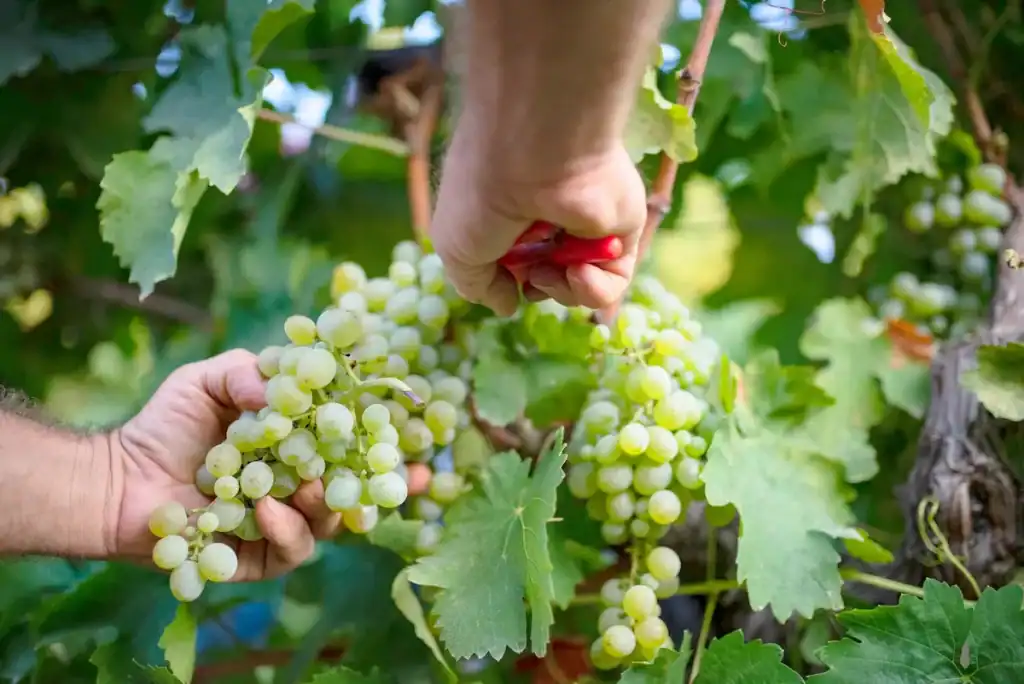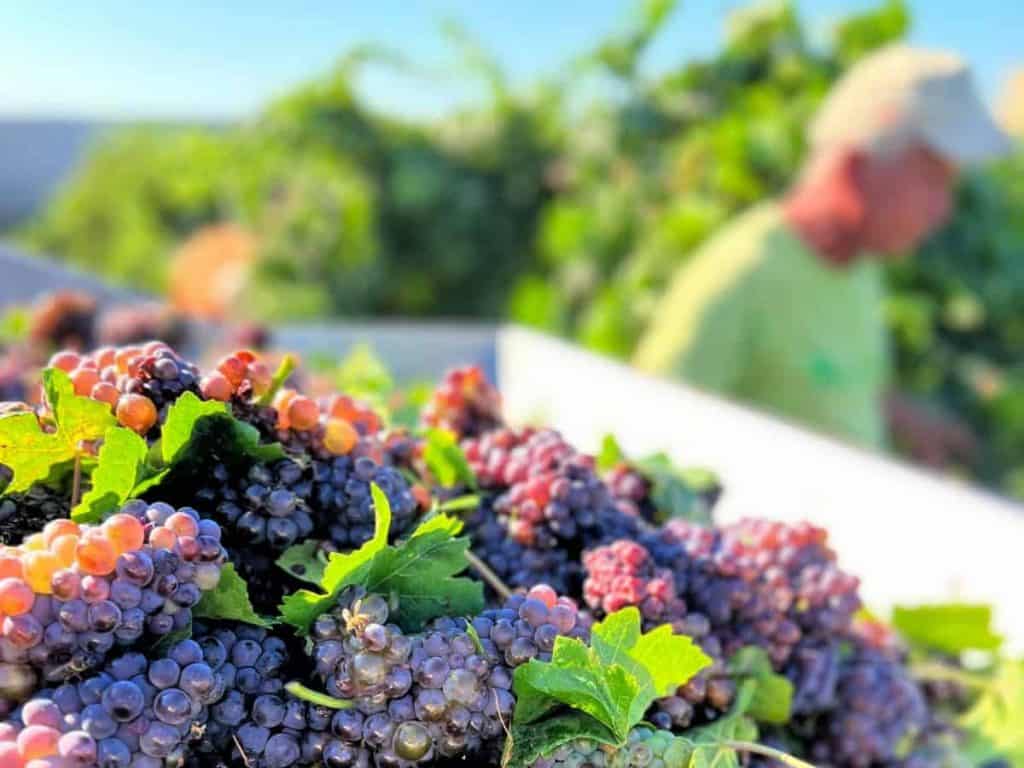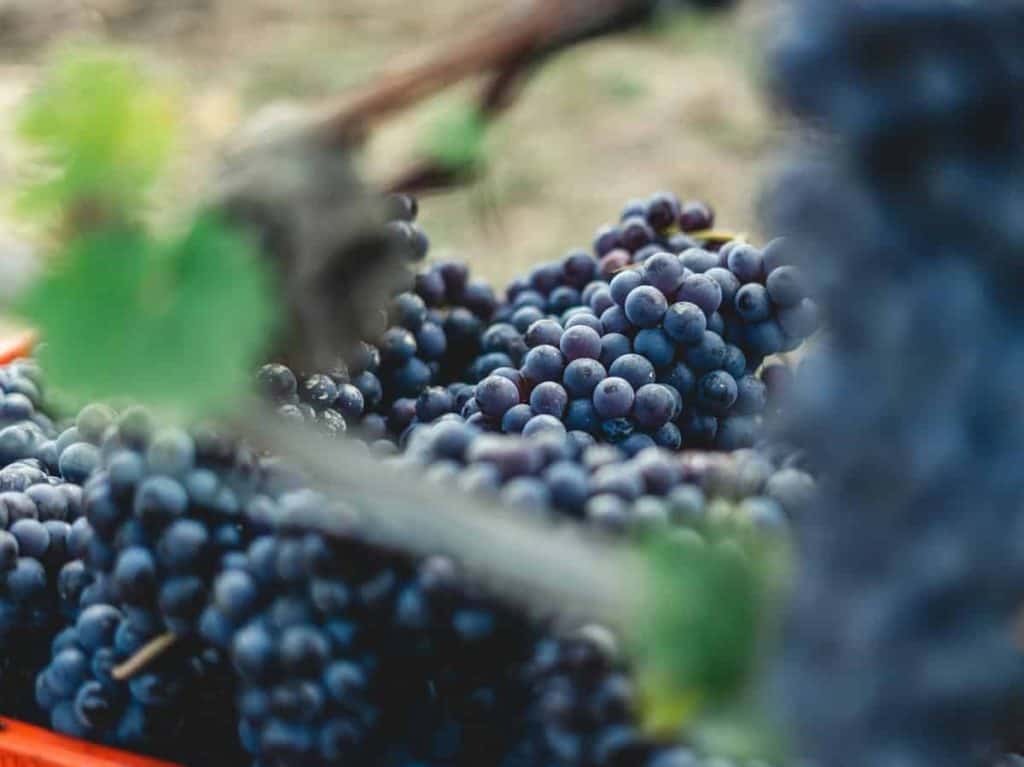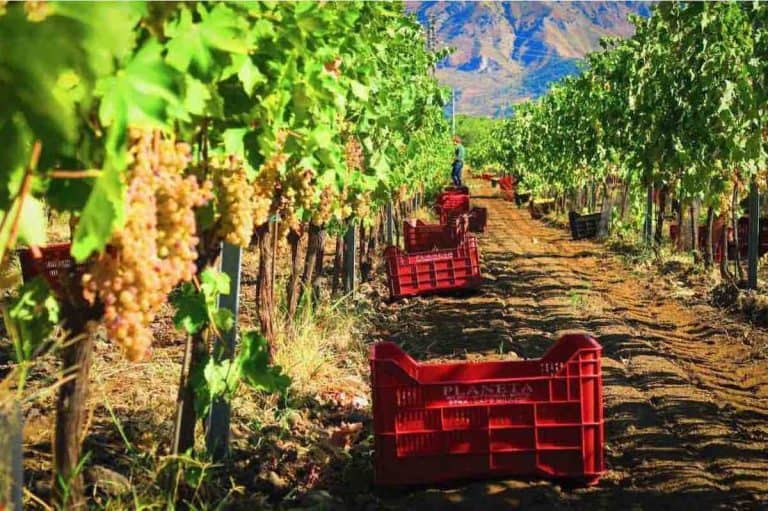A harvest of 45 million hectolitres with a quality ranging from good to excellent. These are the Coldiretti predictions for the 2025 vintage, with harvesting already underway in Sicily and expected to finish no earlier than November with the Nerello grapes. In such a delicate phase, the quantity might pose a challenge (last year saw 44 million hectolitres), considering the large volumes still stored in Italian cellars. Nevertheless, high quality, after several difficult years, is a much-needed confidence boost for Italian winegrowers.

Few vine diseases
The harvest has started earlier than the average of recent years, once again due to high temperatures that accelerated the ripening of the grapes. However, the coming weeks will be decisive. In general, drought and extreme weather affected yields in some areas—explains Coldiretti—but without compromising quality. Similarly, concerns over diseases such as downy mildew and powdery mildew turned out to be less severe than initially feared, along with attacks by invasive insects. Nonetheless, these issues have driven up production costs, from water to grape protection strategies.
Increases in almost all Regions
In Abruzzo, good production is expected, with a yield of 120/140 quintals per hectare, despite hail damage in the province of Chieti. Basilicata is also heading towards a good year, slightly above the five-year average, while Calabria shows a positive trend with production increases between 10% and 15% in all provinces, except for the Crotone area, where frost may have compromised a fifth of the harvest. In Tuscany, an average harvest is expected with no major issues, and quality is predicted to be excellent.
Production is on the rise in Trentino-Alto Adige, with a +5/10% increase over last year. In Umbria, good output is anticipated, despite some challenges from downy mildew and heat, while Valle d’Aosta should remain within average levels. A similar situation is seen in Veneto, with production in line with 2024, and in Emilia-Romagna, which only reports minor issues due to climate and downy mildew outbreaks.

Concerns over drought
Good forecasts in Campania, with volumes equal to or higher than last year, although the growing concern is drought, which may affect yields. This issue also affects vineyards in the Marche, particularly between Pesaro and Ancona, though an increase is expected, with yields ranging between 120 and 180 quintals per hectare. In Sardinia, production varies slightly above or below the average depending on the province, but the lack of irrigation water threatens the grapes in the Sassari area, especially around the Nurra region. Drought also weighs on Sicilian vineyards, with production expected to stay under 3 million hectolitres—consistent with the last three years.
Lazio below average
In Friuli-Venezia Giulia, the harvest situation varies greatly from area to area, depending on grape variety and irrigation possibilities. Overall, grape quantities are expected to be average, although slightly lower in the hilly zones, particularly for Pinot Grigio and Tocai Friulano.
In Lazio, quantities are estimated to decrease slightly, while in Liguria, the harvest should be in line with recent years. In the provinces of Lombardy, a slight production increase is anticipated, though in the Pavia area, the effects of last year’s downy mildew attacks and their impact on this year’s grapes are still being assessed.

Fears of Japanese beetle attacks in Piedmont
Positive forecasts in Molise for Trebbiano and Montepulciano, and also in Piedmont—especially in the provinces of Asti and Alessandria—where excellent yields are expected, as well as in Cuneo. The only concern is the threat of attacks by the Japanese beetle Popillia japonica in the Turin area. In Puglia, the situation is significantly better than last year, with production estimated to rise by 20%, and drought so far has not caused notable problems for the vines.


 Here are the secrets of one of the best Japanese restaurants in Italy
Here are the secrets of one of the best Japanese restaurants in Italy 'Falanghina del Sannio will soon become a DOCG'
'Falanghina del Sannio will soon become a DOCG' In Palermo there is one of the new best wine bars in Italy according to Gambero Rosso
In Palermo there is one of the new best wine bars in Italy according to Gambero Rosso Yannick Alléno: 'No crisis in fine dining, but the future lies in tradition'
Yannick Alléno: 'No crisis in fine dining, but the future lies in tradition' Q&A: Saverio Galli Torrini, director of the Consorzio Vino Chianti
Q&A: Saverio Galli Torrini, director of the Consorzio Vino Chianti





